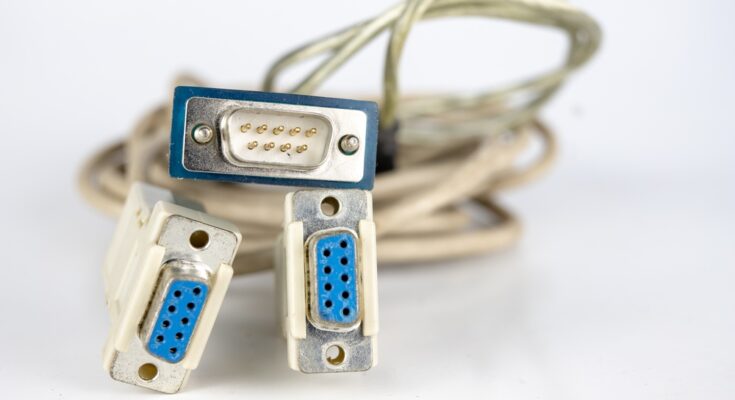RS232 connections have supported industrial technology for decades, yet their importance often goes unnoticed. While sleeker communication protocols, like USB or Ethernet, steal much of the spotlight, RS232 continues to play a vital role in the smooth operation of manufacturing environments around the world. If you work with manufacturing systems, understanding the importance of RS232 connections can help you maintain efficiency, reduce downtime, and get the most from your equipment.
Reliability in Harsh Environments
Manufacturing plants demand equipment that can withstand vibrations, electromagnetic interference, dust, and huge temperature swings. RS232 thrives in these tough scenarios because it relies on straightforward hardware connections, minimizing the points of failure.
Its resistance to noise and data corruption makes it a reliable choice for transmitting information between control panels, sensors, and devices, even when conditions are less than ideal. You can count on RS232 links to maintain their performance under pressure, which reduces the frequency and cost of interventions on the shop floor.
Ease of Integration
Getting new machines online or setting up redundant systems can quickly become complex. RS232’s simplicity is its biggest asset here. The physical wiring and straightforward protocol make integration fast and hassle-free. Unlike modern networking standards that often require specialist configuration, RS232 devices often work out of the box with minimal setup. This means less downtime for installation and fewer headaches for technicians. When you need to quickly connect a new sensor, terminal, or other equipment, RS232 saves time and money.
Simple Troubleshooting and Easy Diagnostics
When production stalls, every second counts. RS232 shines in diagnostics because its simple wiring and communication protocol make problems easy to identify and resolve. Signals are straightforward to monitor with basic test equipment, and you can often pinpoint the cause of communication errors within minutes. Once you know a few key tips for troubleshooting your RS232 interfaces, you can streamline maintenance and get your lines moving again quickly. Keeping that process pain-free is a win for any manufacturing manager or technician.
Legacy System Compatibility
RS232 connections are important in manufacturing because many facilities still rely on older machinery that was built with RS232 connectivity as the main or only interface. Rather than discarding valuable assets for expensive new equipment, you can use RS232 links to keep legacy systems running while integrating them into your modern infrastructure.
This bridging capability avoids the need for large capital expenditures and lets you make gradual improvements on your timeline. It also means you get more life and value from the investments you’ve already made, giving you a stronger return long term.



